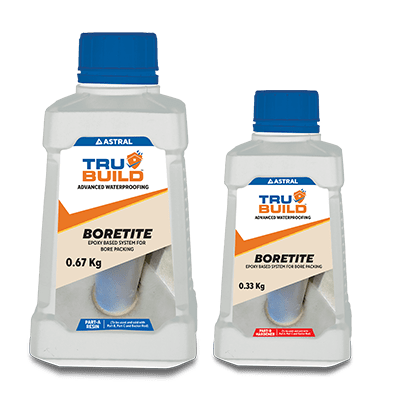Tile Adhesive vs. Cement: Which is Right for Your Project?
Aug 12, 2025
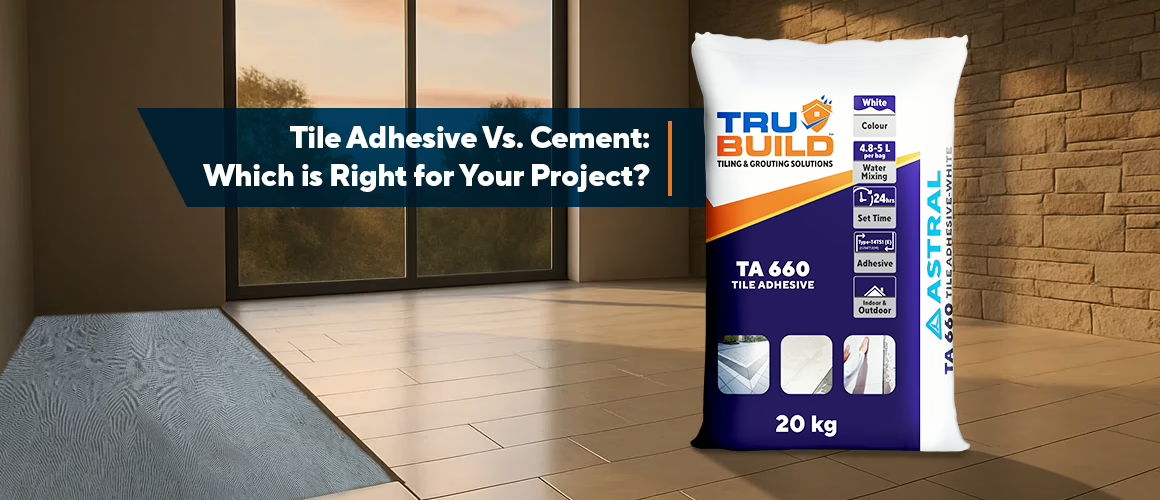
You are standing in the tiles section of your local hardware store, staring at two options: traditional cement or modern tile adhesive. The shop assistant is pushing cement because it is cheaper. Your contractor friend swears by tile adhesive. Your neighbour used cement and had tiles falling off within two years. Which one should you choose?
This decision affects your project’s durability, cost and long-term satisfaction. Modern cementitious tile adhesive offers superior bonding strength and flexibility compared to traditional cement. While cement may seem cost-effective initially, tile adhesive provides better water resistance, faster installation and reduced maintenance costs over time.
In this guide, you will learn the key differences between these two options, understand when to use each and discover which products deliver the best results for your specific project needs.
What Is Tile Adhesive and How Does It Differ from Cement?
Tile adhesive is a specially formulated bonding material designed specifically for fixing tiles to various surfaces. Unlike traditional cement mortar, wall tile adhesive contains polymer additives that enhance flexibility, water resistance and bonding strength.
Cement, on the other hand, is a basic mixture of sand, cement and water that has been used for decades in construction. While functional, it lacks the advanced properties of modern adhesive systems.
The key differences include:
- Bonding strength: Tile adhesive provides significantly stronger adhesion than cement
- Flexibility: Accommodates building movement without cracking
- Water resistance: Many adhesives offer inherent waterproof properties
- Application ease: Ready-to-mix formulations ensure consistent results
- Curing time: Faster setting allows quicker project completion
Why Choose Tile Adhesive Over Traditional Cement?
Modern construction demands require materials that can withstand Indian climate conditions, thermal expansion, and structural movement. Here’s why tile adhesive outperforms cement:
1. Superior Performance in Wet Areas
Waterproof tile adhesive excels in bathrooms, kitchens and balconies where traditional cement fails. The polymer-modified formula resists moisture penetration, preventing mould growth and tile failure.
2. Enhanced Flexibility
Cementitious tile adhesive accommodates minor structural movements without cracking. This flexibility is important in Indian construction, where temperature fluctuations cause building expansion and contraction.
3. Faster Installation Times
Wall tile adhesive sets quicker than cement, allowing grouting within 24 hours compared to 72 hours for cement. This reduces project timelines significantly.
4. Better Long-term Value
While initial costs may be higher, tile adhesive reduces callbacks, repairs and replacements, making it more economical over time.
When Should You Use Cement for Tiling?
Despite the advantages of tile adhesive, cement still has its place in certain applications:
- Large format tiles on floors: Where structural loading is the primary concern
- Exterior applications: In non-critical areas where flexibility is less important
- Budget-constrained projects: Where immediate cost savings outweigh long-term benefits
- Traditional construction: Where local practices favour cement application
However, even in these scenarios, adding bonding agents to cement can improve performance significantly.
What to Consider While Choosing Between Tile Adhesives and Cement?
Project Location and Environment
- Indoor wet areas: Always choose waterproof tile adhesive for bathrooms, kitchens and utility rooms. The moisture resistance prevents common problems like tile hollowing and grout failure.
- Exterior walls: Wall tile adhesive with UV resistance handles thermal stress better than cement. This prevents cracking and tile displacement during extreme weather.
- High-traffic areas: Cementitious tile adhesive provides the durability needed for commercial spaces and busy household areas.
Tile Type and Size
- Large format tiles: Require the superior bonding of tile adhesive to prevent sagging and ensure even support across the entire tile back.
- Natural stone: Needs non-staining adhesive formulations that cement cannot provide.
- Porcelain and ceramic: Perform well with both options, but tile adhesive offers better long-term security.
Substrate Conditions
- Existing tiles: Wall tile adhesive bonds effectively to old ceramic surfaces, eliminating removal costs.
- Plywood or drywall: Requires flexible cementitious tile adhesive that accommodates substrate movement.
- Concrete: Works well with both, but waterproof tile adhesive provides additional moisture protection.
Cost Analysis: Cement vs. Tile Adhesive
While cement appears cheaper initially, the total cost equation favours tile adhesive:
1. Cement costs
- Lower material cost
- Higher labour time (extended curing)
- Frequent repairs and replacements
- Potential water damage from failures
2. Tile adhesive investment
- Higher upfront material cost
- Reduced labour time (faster installation)
- Minimal maintenance requirements
- Long-term durability prevents costly repairs
Consider this: replacing failed tiles costs 3-5 times more than a proper initial installation with quality adhesive.
Astral Trubuild’s Recommended Solutions for Tiling
For superior tiling results, consider Astral Trubuild’s comprehensive range of cementitious tile adhesive options:
Trubuild Tile Adhesive TA 110
Perfect for interior floors, this single-component, polymer-modified adhesive offers excellent bonding strength and slip resistance. Ideal for ceramic and porcelain tiles up to 300mm.
Trubuild Stain Free Epoxy Grout
Pair your tile adhesive with this advanced grouting solution for stain-resistant, waterproof joints that maintain their appearance for years.
Each product undergoes rigorous testing to ensure performance in Indian conditions, from heavy monsoons to extreme heat.
Making the Right Choice for Your Home
The decision between tile adhesive and cement depends on your specific requirements:
Choose tile adhesive when
- Installing in wet areas or exterior locations
- Working with large-format or natural stone tiles
- Seeking long-term durability and minimal maintenance
- Time constraints require faster installation
Consider cement when
- Budget is the primary constraint
- Installing small tiles in dry, interior locations
- Local expertise favours traditional methods
- Structural loading is the main concern
For most modern construction projects, waterproof tile adhesive offers superior performance, durability and value. The additional investment pays dividends through reduced maintenance, fewer callbacks and enhanced project longevity. Remember, the cheapest option upfront often becomes the most expensive over time. Choose wisely based on your project’s specific needs and long-term expectations.


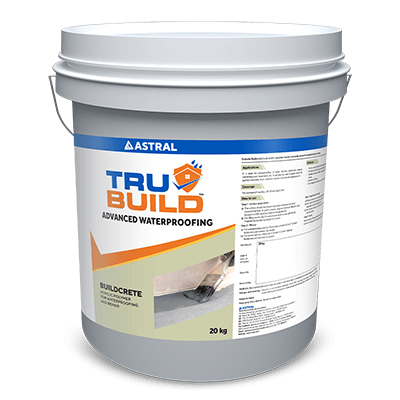
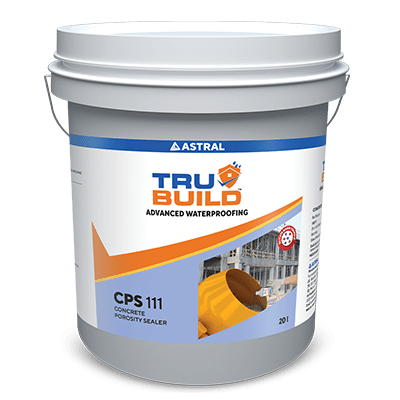
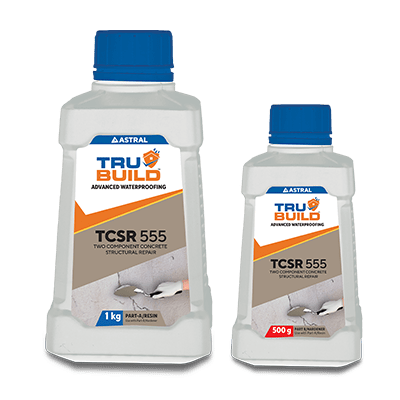
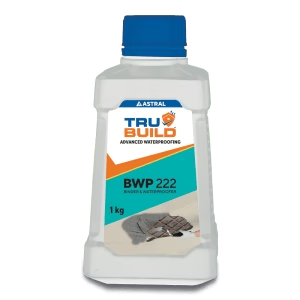
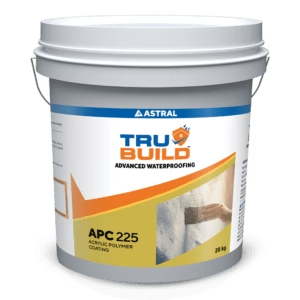
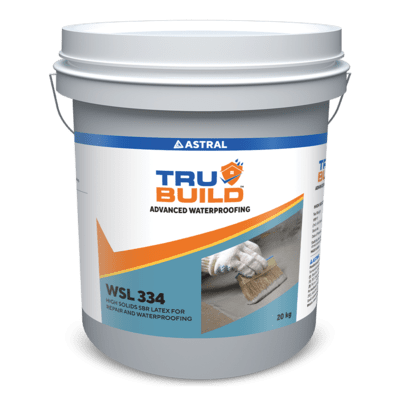
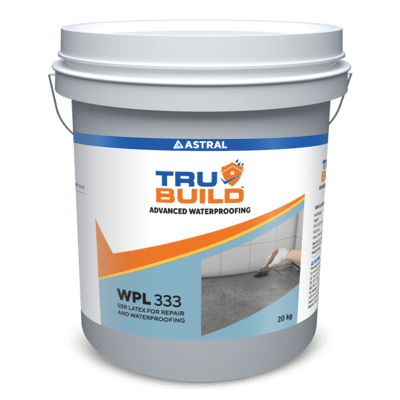
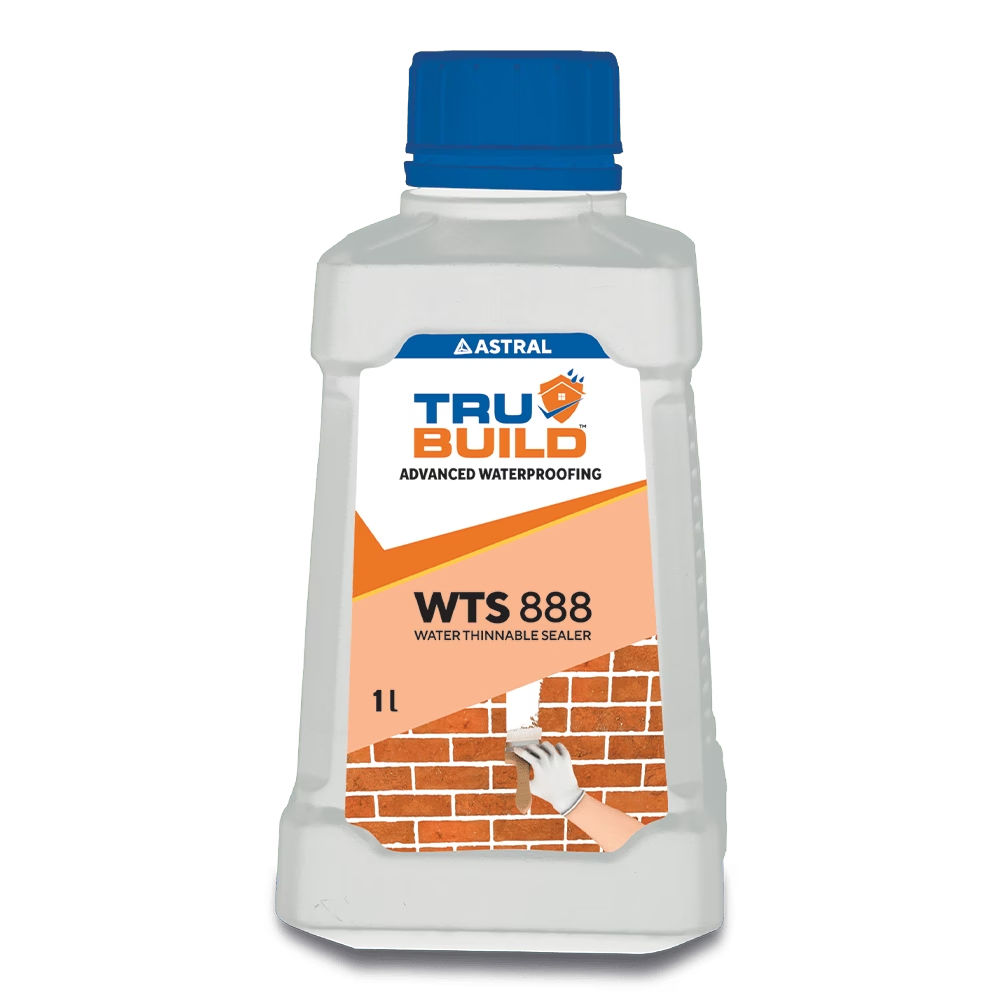
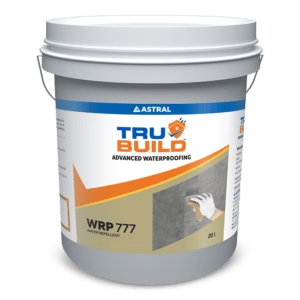
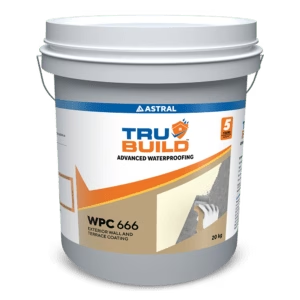
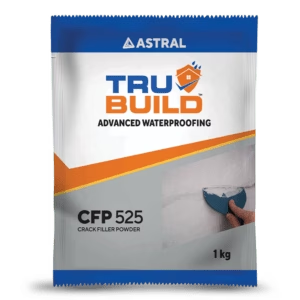
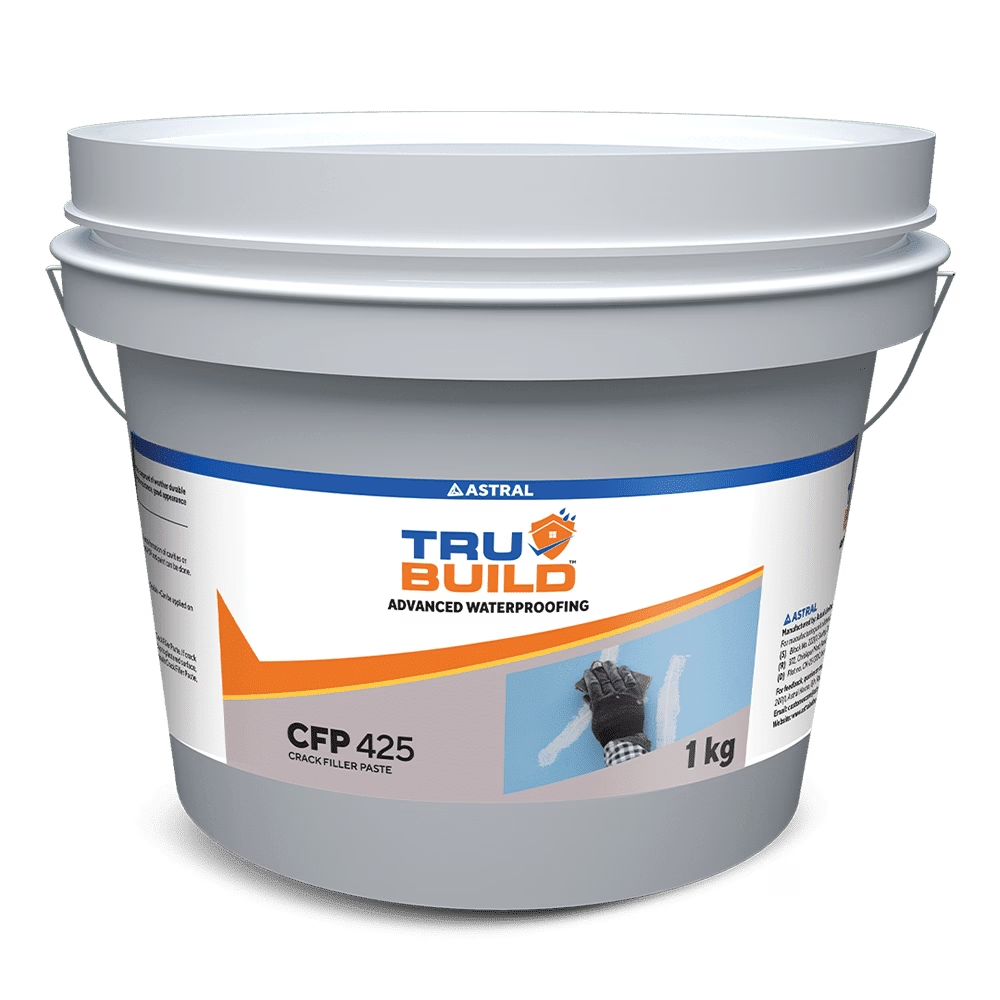
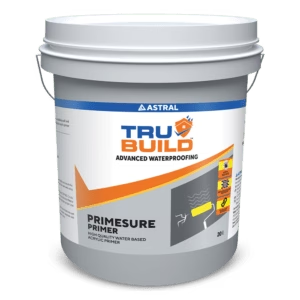
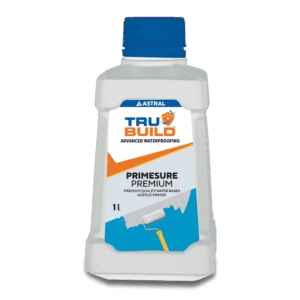
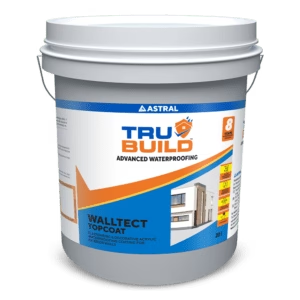
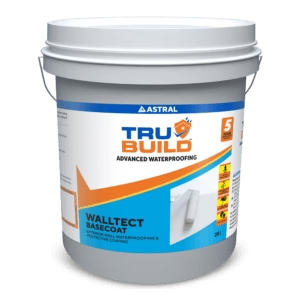
 Professional Sealants
Professional Sealants 
 Roof Waterproofing
Roof Waterproofing 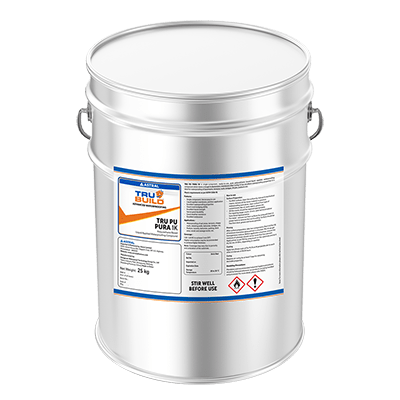
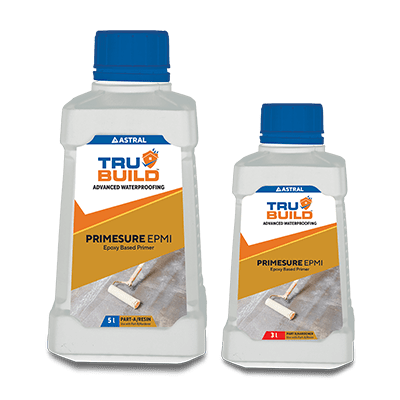
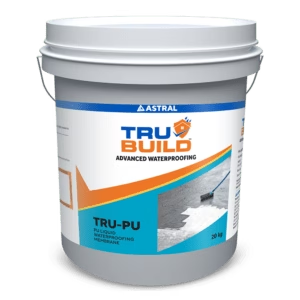




 Substructure Waterproofing
Substructure Waterproofing  Tiling and Grouting
Tiling and Grouting 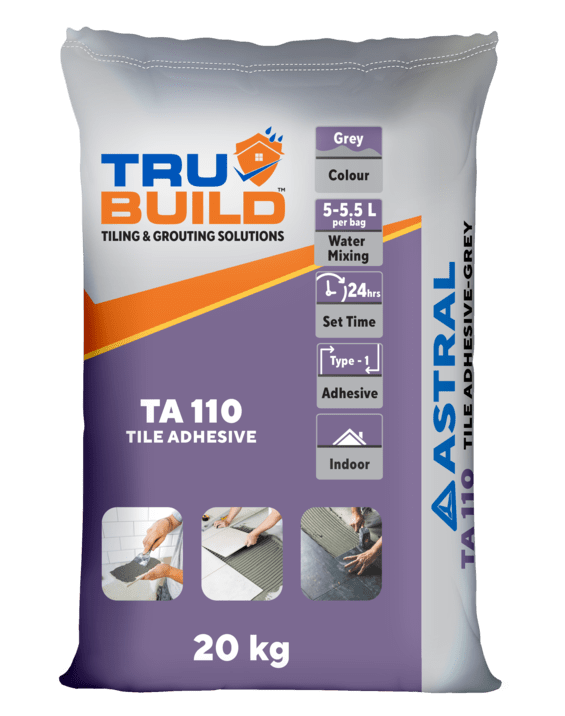
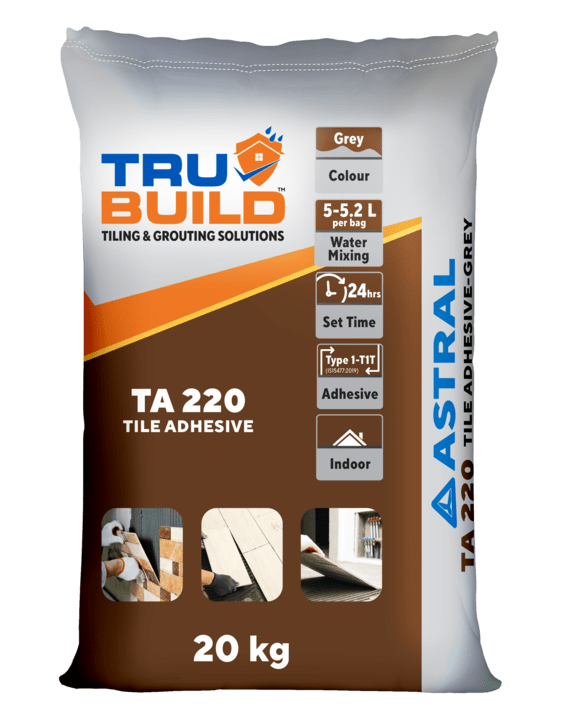

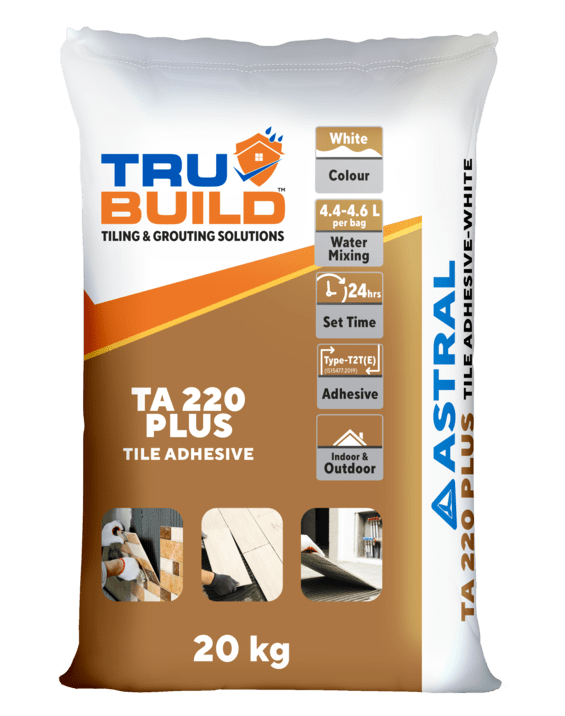
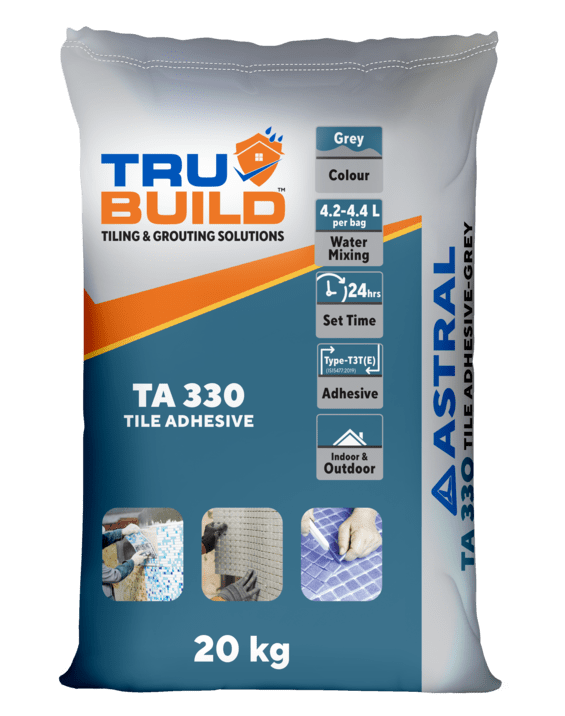
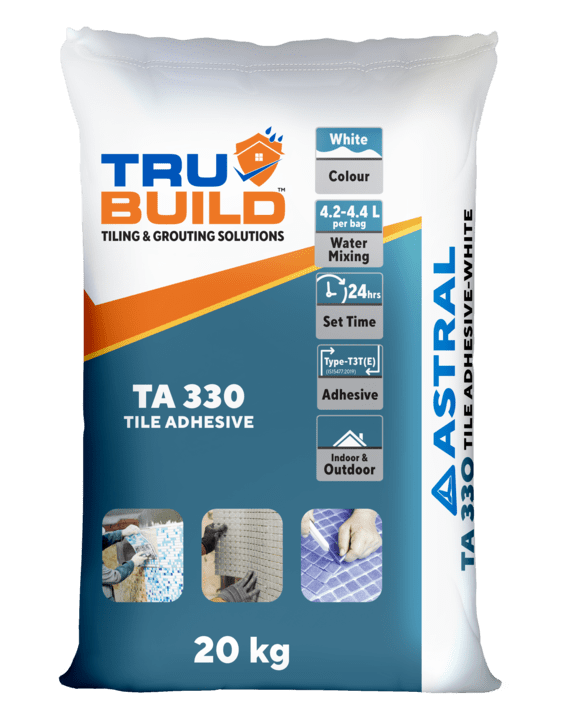
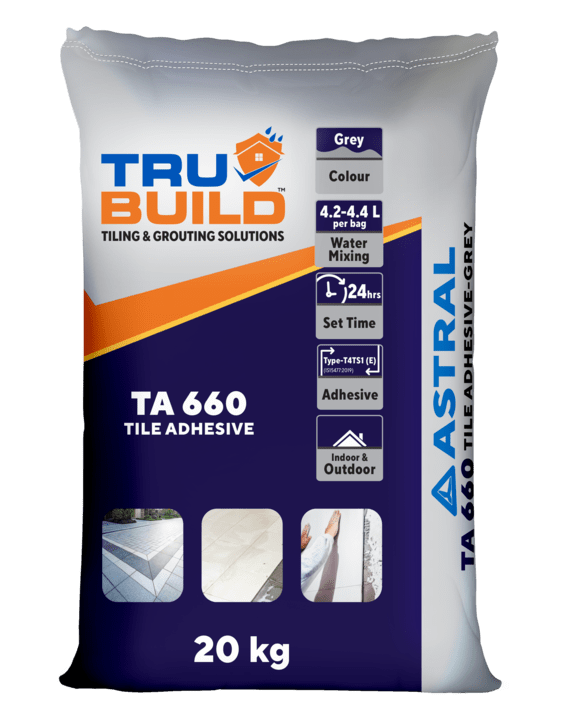
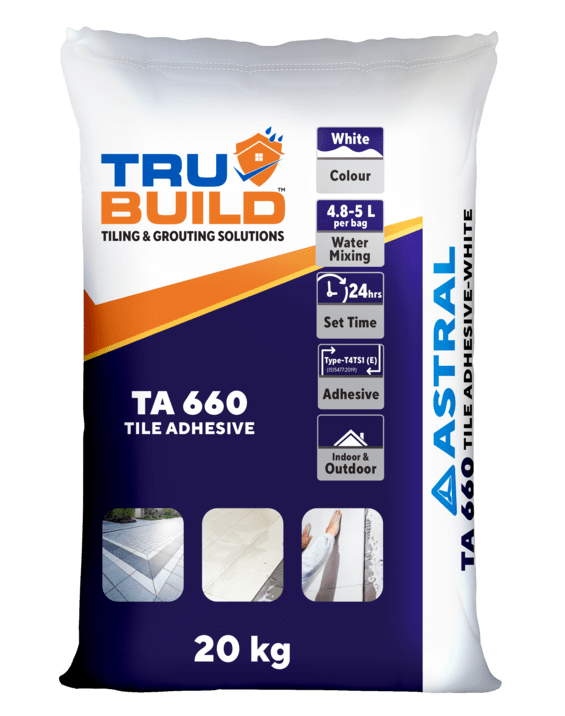

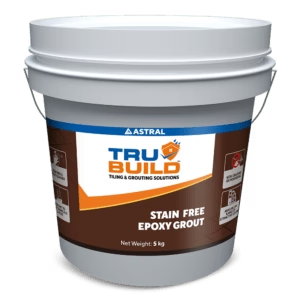
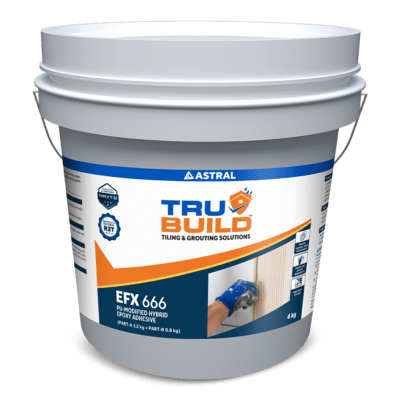
 Water Tanks and Other Areas
Water Tanks and Other Areas 